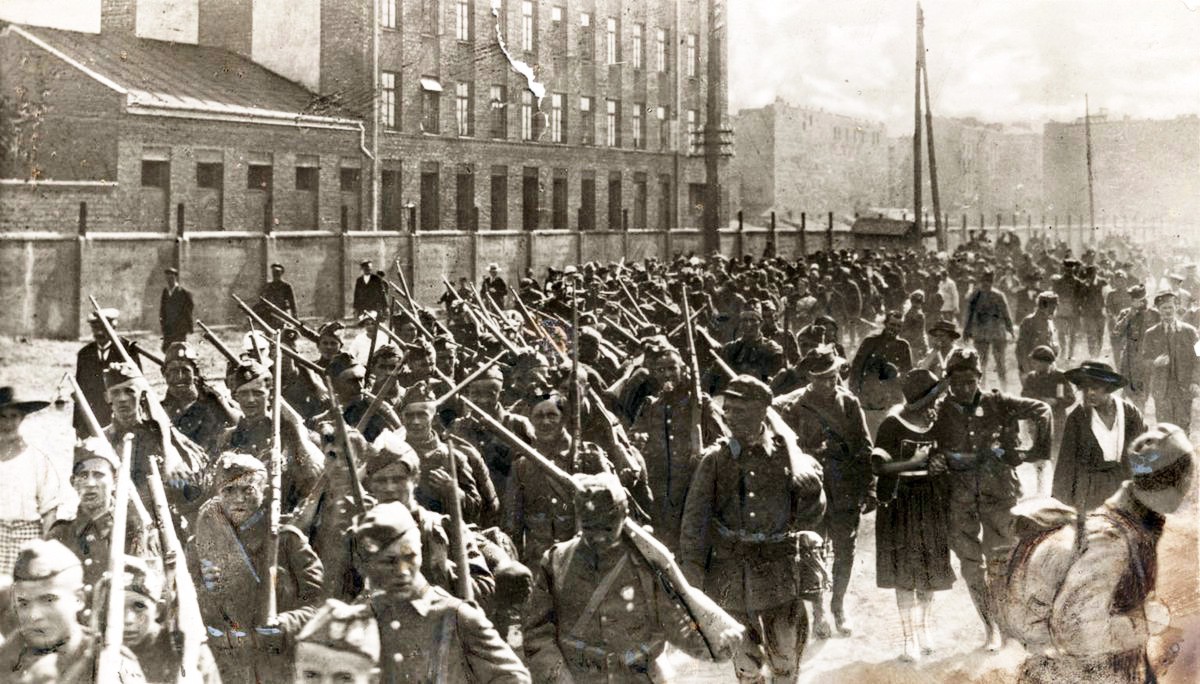The Warsaw Confederation (1573)
The declaration of the Warsaw Confederation was approved on January 28, 1573, at the Convocation Sejm held in Warsaw after the heirless death of King Zygmunt II August (Sigismund II Augustus) and prior to the first free election of a monarch. The Sejm was convoked in order to lay down the principles for electing the…




